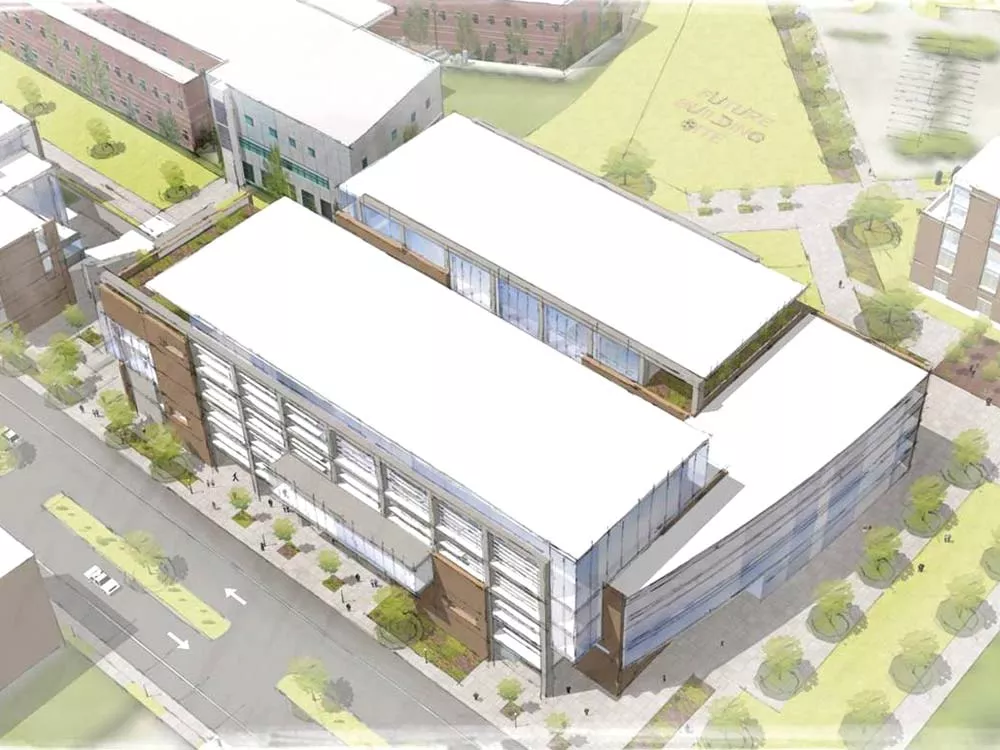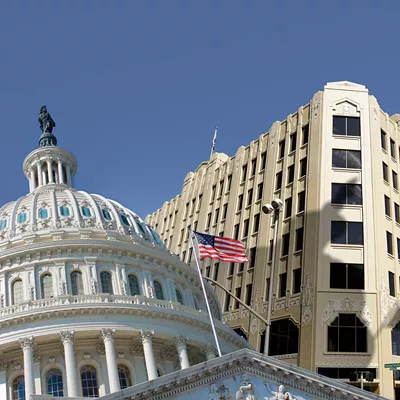For the past seven years, Spokane’s business, health and educational leaders have been fighting side by side for one big prize: a health school complex at the WSU-Spokane campus.
The three-building complex would house not just a medical school, but a pharmacy school, and nursing and dentistry programs as well.
All that was needed was $71 million for the building. With the passage of the state budget last week, they got halfway there.
But when Gov. Chris Gregoire released her budget in September, the health school wasn’t getting a cent.
“We were concerned, obviously,” says Barb Chamberlain, spokeswoman for WSU-Spokane. People began saying Spokane wouldn’t have a medical school for 20 years.
Spokane’s lobbying forces went into overdrive.
Avista Utilities made its plane available for lobbyists to fly down to talk to legislators. Rich Hadley, with Greater Spokane Incorporated, flew to Olympia every other week to make the case for the health school. Senate Majority Leader Lisa Brown, D-Spokane, made the building a top legislative priority, as did many other Eastern Washington legislators.
“It was a full court press,” Hadley says. It was “the most intense lobbying for a project that wasn’t in the governor’s budget that I’ve ever seen.”
The final capitol budget gave WSU $35 million for the medical building. The school will have to ask for the other half in the next budget cycle.
State Rep. Timm Ormsby, D-Spokane, says getting the rest is a safe bet. Nobody wants to leave a building half-completed.
But all is not well for health care in the new budget. The Washington State Hospital Association protests what it calls “dramatic cuts to the safety net.” Legislators eliminated about $261 million that helped fund services for Medicaid patients in hospitals, raised premiums on about 250 undocumented immigrant children who are on the Apple Health for Kids program*, and cut over $25 million from regional mental health funds.
Other programs, dead in the governor’s budget, were upgraded to simply wounded.
The Basic Health plan — which offers low-income residents affordable access to private health care plans — survived by excluding non-citizens, limiting eligibility and reducing enrollment in 2013. The Disability Life Line Managed Care program, which provides cash and benefits for those disabled and unable to work, was saved by eliminating cash grants, and focusing on housing assistance instead.
Meanwhile, many of the deep budget cuts made to Medicaid earlier this year continue: The program no longer covers glasses, hearing aids or most routine dental procedures.
Some legislators, like state Rep. Andy Billig, D-Spokane, worry that the cuts to health care will actually cost the state more money in the future.
“They may cost the system more, because [people] get treatment later in their illness and seek treatment at the most expensive places — in emergency rooms,” Billig says.
* An earlier version of this story mischaracterized the cuts to the state's Apple Health for Kids program.

























